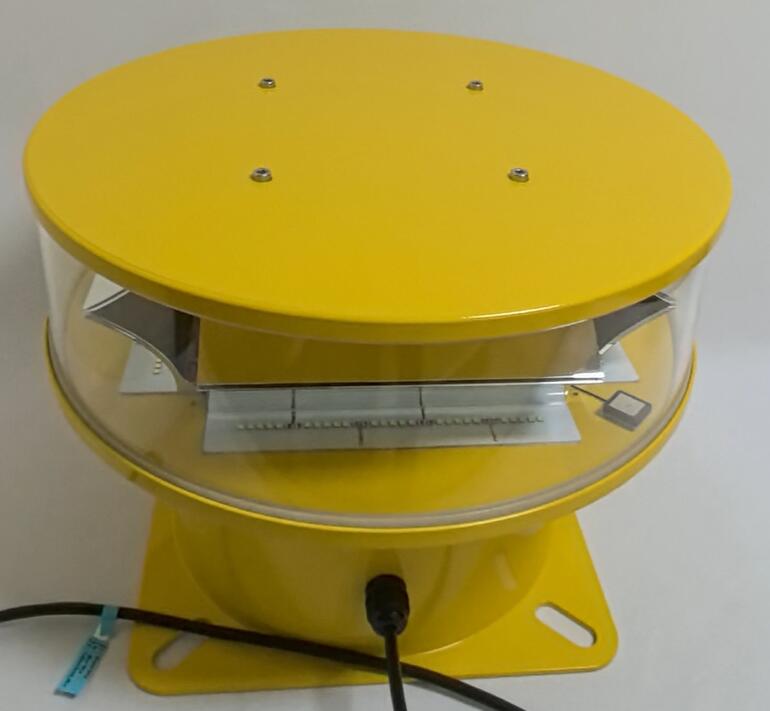Aviation warning lights are critical safety devices installed on tall structures such as towers, wind turbines, and buildings to ensure aircraft visibility and prevent collisions. For businesses involved in international trade, understanding the correct aviation warning lights HS code is essential for smooth customs clearance, accurate tariff classification, and compliance with global regulations. This article provides a detailed overview of HS codes for aviation warning lights, their significance, and key considerations for importers and exporters.
Understanding HS Codes
The Harmonized System (HS) is an internationally standardized product classification system used by customs authorities worldwide. Each product is assigned a unique six-digit code, which may be extended to eight or ten digits depending on national requirements. The HS code determines applicable duties, taxes, and regulatory requirements for traded goods.

Aviation Warning Lights HS Code Classification
Aviation warning lights are typically classified under the HS Code 8531 ("Electric visual signaling equipment, such as traffic lights, ship lanterns, and aviation warning lights"). More specifically, they may fall under:
8530.80 – Indicator panels incorporating electric lights
8531.20 – Other electric sound or visual signaling equipment (including aviation obstruction lights)
Some countries may further refine the classification based on light type (LED, halogen, strobe) or voltage specifications.
aviation warning lights hs code
|
Why the Correct HS Code Matters
Customs Compliance – Misclassification can lead to delays, penalties, or shipment seizures.
Duty and Tax Implications – Different HS codes may attract varying tariff rates.
Trade Agreements – Accurate classification ensures eligibility for preferential tariffs under free trade agreements.
Regulatory Requirements – Aviation warning lights must meet international safety standards (e.g., ICAO, FAA, CE).
Key Considerations for Importers and Exporters
1. Verify the Exact Product Specifications
Are the lights LED, xenon, or incandescent?
Do they include solar panels or backup power systems?
Are they designed for high-intensity (red/white strobe) or medium-intensity applications?
These factors can influence the HS code and regulatory approvals required.
2. Check Country-Specific Modifications
While the first six digits of the HS code are universal, individual countries may add extra digits for further classification. For example:
U.S. HTS Code: 8531.20.0000
EU TARIC Code: 8531.20.90
Consult local customs authorities or a trade expert for precise classification.
3. Ensure Compliance with Aviation Safety Standards
Aviation warning lights must comply with:
ICAO (International Civil Aviation Organization) Annex 14
FAA (Federal Aviation Administration) AC 70/7460-1L
CE Marking (for EU markets)
Non-compliant products may face rejection at customs.
4. Documentation Requirements
Proper documentation is crucial for smooth trade. Essential documents include:
Commercial invoice with the correct aviation warning lights HS code
Packing list
Certificate of Compliance (FCC, CE, etc.)
Airworthiness certification (if applicable)
Common Challenges in HS Code Classification
Similar Products, Different Codes – Some lighting systems may overlap with other categories (e.g., 9405 for non-electric lights).
Evolving Regulations – Updates in trade agreements or safety standards may affect classification.
Varying Interpretations – Customs authorities in different countries may classify the same product differently.
To mitigate risks, businesses should:
Consult customs brokers or trade specialists.
Use binding tariff rulings (BTRs) where available.
Stay updated on regulatory changes.
Selecting the correct aviation warning lights HS code is crucial for seamless international trade. Proper classification ensures compliance, minimizes delays, and optimizes cost efficiency. Businesses should verify product specifications, consult local customs guidelines, and maintain up-to-date documentation to navigate global trade successfully.
By understanding the nuances of HS codes and regulatory requirements, traders can enhance supply chain efficiency while contributing to aviation safety worldwide.

